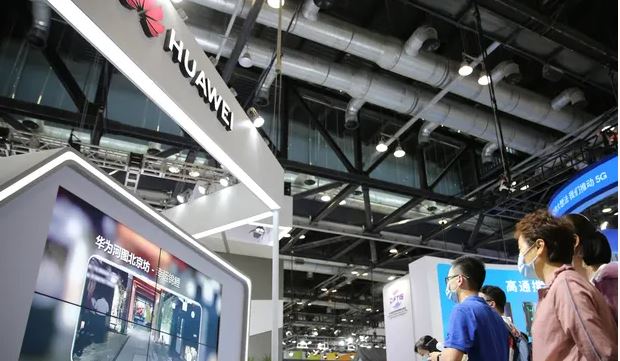
In the 1970s, the women’s movement had a slogan, “The personal is political”, to make the point that what went on in personal relationships between men and women also reflected wider imbalances of power. Today, an equivalent slogan might be “The technological is political” – and for much the same reason.
If you doubt that, ask Huawei, the Chinese tech giant, which currently finds itself on the receiving end of the new cold war between the US and China. Huawei is a huge and hitherto very successful company that designs, develops and sells telecommunications equipment and consumer electronics (mainly smartphones). By all accounts, it’s pretty good at what it does. Rather too good, it seems, for the government of the US and possibly the UK as well.
The trouble started with the telecommunications side of the business and the fact that Huawei mobile networking kit is not only pretty good, but also relatively inexpensive. Which meant that western mobile communications operators installed lots of it in their 3G and 4G networks, favouring it over equivalent but more expensive Ericsson and Nokia equipment. Then, as the companies moved to upgrade their networks for the new 5G standard, they discovered that Huawei had been working on the technology for quite a while and had installable equipment ready for sale at competitive prices. So they bought it.
At which point all hell broke loose, at least in the US – for two reasons. One is that 5G is supposedly the network to end all networks: the basis for a future world in which every imaginable device – even the humble toaster – will be networked. The other is that Huawei is a Chinese company that either has links to the Chinese state or is subject to control by the Chinese Communist party, or both. The idea that such a company should have its equipment at the heart of the western world’s communications networks was too much for the American national security establishment.
Accordingly, the US government declared Huawei networking gear verboten in that country’s mobile networks and three of its satraps in the Five Eyes intelligence-sharing system (Canada, Australia and New Zealand) obligingly followed suit. Only the UK stood out for a while, but it too eventually caved in. So not only will UK mobile operators not be allowed to have Huawei kit in their 5G networks, but they will also be obliged to remove it from their 3G and 4G networks, a process that BT’s CEO says could take up to a decade. It will also cost a fortune and may cause service outages and temporary blackouts. Ideological purity and national security don’t come easy or cheap.
Next came a US ban on American chip-making companies from selling silicon hardware to Huawei. Initially, the restrictions imposed by the US commerce department required companies to secure a licence before selling US-made equipment to Huawei. This looked like a serious blow: an analysis by the Financial Times in March found that the radio-frequency front-end modules in Huawei’s flagship P40 smartphone, critical components that are attached to the antennas and needed to make calls and connect to the internet, were produced by three US chip-making companies, Qualcomm, Skyworks and Qorvo.
Nobody knows how this attempt to strangle Huawei will pan out. The company is too big and too dominant in China to fail – and it’s unlikely the Chinese state would let it go down anyway. After all, Huawei still has a huge domestic market and non-aligned countries will still buy its mobile networking gear. But if one of the motives behind the American assault was to reduce the chances that China would replace the US as the global tech hegemon then it’s unlikely to work.
All that’s happened is that the campaign has highlighted the extent to which semiconductor design and manufacturing capacity have become key strategic assets. The Chinese understand this and there’s no reason that they can’t build that strategic capacity: all it needs is money and brains and they have plenty of both. And when they finally achieve tech parity, the US – and hopefully the rest of the world – will have learned a new slogan: the technological is not just political, it’s geopolitical.









